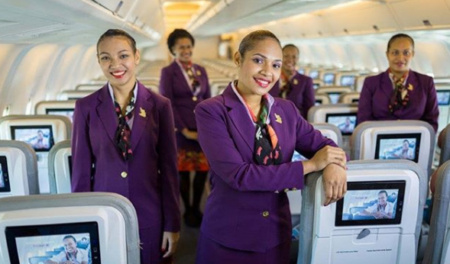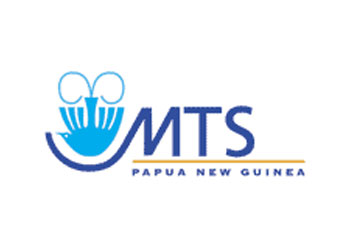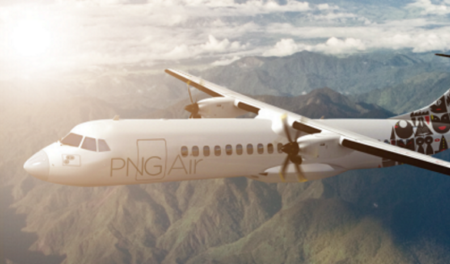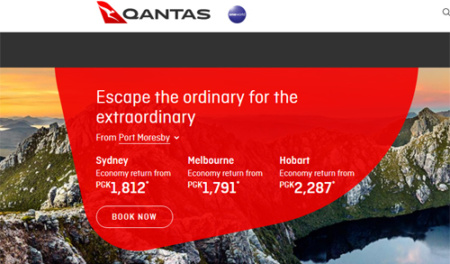More info
Find Travel Agents Near You
Papua New Guinea is a country of extraordinary linguistic diversity, often regarded as the most linguistically rich nation on the planet. With over 800 distinct languages spoken across its islands and mainland, PNG accounts for nearly 12% of the world’s languages – an impressive feat for a country of its size. These languages reflect the deep cultural and tribal diversity of the nation, with each tongue holding centuries of stories, traditions, and unique worldviews.
Language is central to Papua New Guinea’s identity, acting as a bridge between generations and communities while preserving the history and customs of its people. In PNG, language is more than just a means of communication; it’s a living expression of cultural pride and resilience, showcasing the interconnectedness of its many communities.
Tok Pisin is one of Papua New Guinea’s most widely spoken and understood languages, serving as a lingua franca for millions of its citizens. While it originated as a trade language, Tok Pisin has evolved into a fully developed creole with its own grammar and vocabulary.
This language plays a crucial role in uniting the country’s diverse population, allowing communication across regions where different indigenous languages are spoken. Tok Pisin is widely used in daily life, from casual conversations in markets to sermons in churches. It is also prevalent in national media, including newspapers, radio, and television broadcasts, and is a key language in governmental affairs, ensuring accessibility for the general population.
Hiri Motu, also known as Police Motu, holds historical significance as a trade and administrative language in the southern regions of Papua New Guinea. Its origins trace back to the Hiri trade expeditions, where coastal and inland communities exchanged goods, fostering a need for a shared language.
Though its usage has declined with the rise of Tok Pisin, Hiri Motu remains important in traditional and formal contexts, particularly in areas like Central Province. It is occasionally used in legal and ceremonial settings and retains cultural significance for communities in the Southern region of Papua New Guinea.
English is one of Papua New Guinea’s three official languages and plays a growing role, particularly in urban centres and formal education. Its prevalence is due to the country’s colonial history and its position as an international language, making it a vital tool for communication in business, governance, and global relations.
In cities like Port Moresby and Lae, English is increasingly common in professional environments and among younger generations. Schools across PNG incorporate English as the primary medium of instruction, further solidifying its importance as a language of opportunity and connection to the wider world. For tourists, English serves as a practical bridge, making it easier to navigate and interact with locals, especially in more developed areas.
Papua New Guinea is home to over 800 distinct indigenous languages, making it the most linguistically diverse country in the world. This impressive number reflects the country’s complex social structure, where language plays a key role in defining tribal identity. Many of these languages are spoken by small, close-knit communities, with each language representing a unique cultural heritage.
Notable indigenous languages include Enga, the most widely spoken indigenous language, primarily in the Highlands region; Kuman, spoken by communities in Chimbu Province; and Melpa, native to the Western Highlands. Each of these languages embodies the traditions, beliefs, and ways of life of the tribes that speak them.
The preservation of these languages is vital, yet they face significant challenges. Factors such as urbanisation, intermarriage, and the growing dominance of Tok Pisin, Hiri Motu, and English have led to the decline of many indigenous languages. Efforts by local communities, linguists, and NGOs aim to document and revitalise these languages, preserving them for future generations.
The indigenous languages of Papua New Guinea belong to two main language families: Austronesian and Papuan.
The geographic distribution of these families reflects the migration patterns and settlement histories of PNG’s people.
In communities across PNG, language choice is shaped by context. For instance, people may use their native language at home or within their tribe, Tok Pisin for interacting with neighbouring groups, and English in schools, workplaces, or with tourists. This ability to switch between languages ensures effective communication in a linguistically complex environment and fosters a sense of connection across diverse communities.
Code-switching, the seamless transition between languages or dialects within a single conversation is a common practice in PNG. For example, someone might begin a conversation in Tok Pisin, insert phrases in their indigenous language, and conclude in English, depending on the audience or topic. This flexibility reflects the dynamic and inclusive linguistic culture of Papua New Guinea.
Language use is deeply influenced by cultural and regional factors. In rural areas, tribal languages dominate, preserving traditions and reinforcing community bonds. In urban centres, however, Tok Pisin and English are more prevalent due to greater linguistic diversity and modernisation. Additionally, festivals, ceremonies, and storytelling often blend multiple languages, showcasing the rich interplay of linguistic traditions.
Multilingualism in PNG is not just a practical tool but a source of pride, reflecting the adaptability and cultural richness of its people. It allows Papua New Guineans to honour their heritage while embracing opportunities for connection and growth in an increasingly globalised world.
Language plays a significant role in the tourism experience in Papua New Guinea, helping visitors connect with the country’s diverse cultures.
Common Phrases in Tok Pisin: Learning a few key phrases in Tok Pisin can create positive interactions and show respect for the local culture. Here are some basics:
Want to learn more? Check out our learn the language page.
English as a Bridge Language: English is an official language in PNG, making it easy for tourists to communicate in urban centres, hotels, and guided tours. Many locals, especially in service industries, are comfortable speaking English, ensuring accessibility for travellers. However, stepping beyond major cities may require some familiarity with Tok Pisin for smoother interactions.
By embracing the linguistic diversity of Papua New Guinea, visitors not only gain a richer travel experience but also contribute to preserving the vibrant cultural tapestry that defines this extraordinary nation.






Thank you for submitting your business form. We will have our team look over the details and then contact you once we have added your details to our website.